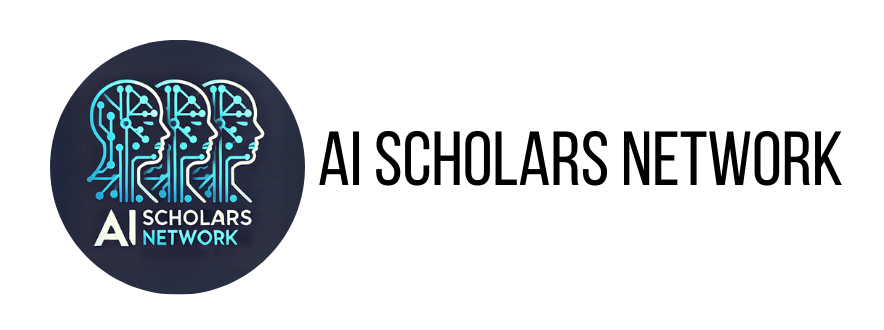How to use AI for Lesson Planning
Introduction
The promise of AI-powered lesson planning goes beyond saving time. When used intentionally, AI becomes a collaborative partner in designing richer, more responsive, and more equitable learning experiences. But this shift requires more than a tool—it requires strategy.
1. From Template to Transformation: Making AI Lesson Plans Work for You
Too often, AI lesson outputs are used “as-is.” But lesson quality improves dramatically when teachers take these outputs and refine them using their own expertise. Here’s how:
- Start with standards: Input specific state or national standards directly into your AI prompt. For example:
“Create a 3-day lesson plan on ecosystems aligned to NGSS MS-LS2-1.”
- Add constraints: Be specific about classroom needs. Include things like:
- Group project emphasis
- Time constraints (e.g., 40-minute periods)
- Available materials
- Edit like a pro: Use AI as a draft, not a directive. Adjust activities to fit classroom culture, pacing, and student interest.
2. Build Scaffolds and Extensions in Advance
One of the most powerful uses of AI is to generate multiple pathways through a lesson:
- Generate entry points for students with different readiness levels.
- Ask AI to design extensions for students who finish early.
- Create anchor charts and supports (visuals, sentence starters, glossaries) in seconds.
Example Prompt:
“Give me a version of this 5th-grade science activity that includes supports for English learners and extension ideas for advanced students.”
3. Plan for Reflection and Revision
AI can also help embed metacognition into your lessons. Ask tools like ChatGPT to:
- Write student self-reflection questions
- Suggest formative assessment checks
- Generate peer feedback rubrics
These elements strengthen student agency and support deeper learning.
4. Co-Planning with AI: Making Collaboration More Efficient
If you’re part of a teaching team or PLC, try using AI as a collaborative jump-start:
- Use a shared prompt to draft a common unit.
- Customize for individual classrooms after.
- Save hours while aligning your grade-level or content team.
5. Pitfalls to Avoid: What AI Can’t (and Shouldn’t) Do
- Don’t outsource decision-making: AI can offer options, but only you can choose what’s best for your students.
- Beware of generic content: Always localize, adapt, and align.
- Maintain academic rigor: Double-check depth of knowledge levels and alignment to key concepts.
Try This Now: 3 AI Prompts for Lesson Planning
- Quick Plan:
“Design a 3-day lesson on renewable energy for 7th grade, aligned to NGSS. Include learning objectives, materials, and an exit ticket for each day.”
- Differentiate:
“Rewrite this paragraph [paste text] at 3 reading levels, and include a visual and comprehension check.”
- Make It Multimodal:
“Give me a student-centered activity using video, group discussion, and hands-on materials for a unit on ancient civilizations.”
Final Thought
AI won’t replace great teaching. But it can help you design more, stress less, and teach with impact. The more intentional your use, the more powerful your outcomes.
Let’s reimagine lesson planning—not as a solo task, but as a creative collaboration between you and a digital co-designer.
Citations:
Edutopia
A Curriculum Supervisor’s Guide to AI-Assisted Lesson Planning
February 25, 2025 — With precise prompt engineering, AI tools can help teachers unpack standards, set learning goals, and design engaging assessments.
Medium
Teachers feel most productive when they use AI for teaching strategies
October 16, 2024 — Teachers feel more productive and effective when their students are learning, and generative AI seems to help some teachers get new ideas about …
The 74 Million
AI Can Boost Teacher Creativity, Provide Classroom Advice – The 74
September 26, 2024 — New research finds educators feel most productive in class when they use artificial intelligence for teaching strategies.
arXiv
April 7, 2025
K-12 Education News | K-12 Dive
Using AI in lesson planning? Beware hallucinations | K-12 Dive
September 10, 2024 — Researchers from Stanford and Yale universities find that AI legal research tools supported by Lexis Nexis and Thompson Reuters produce hallucinations.
